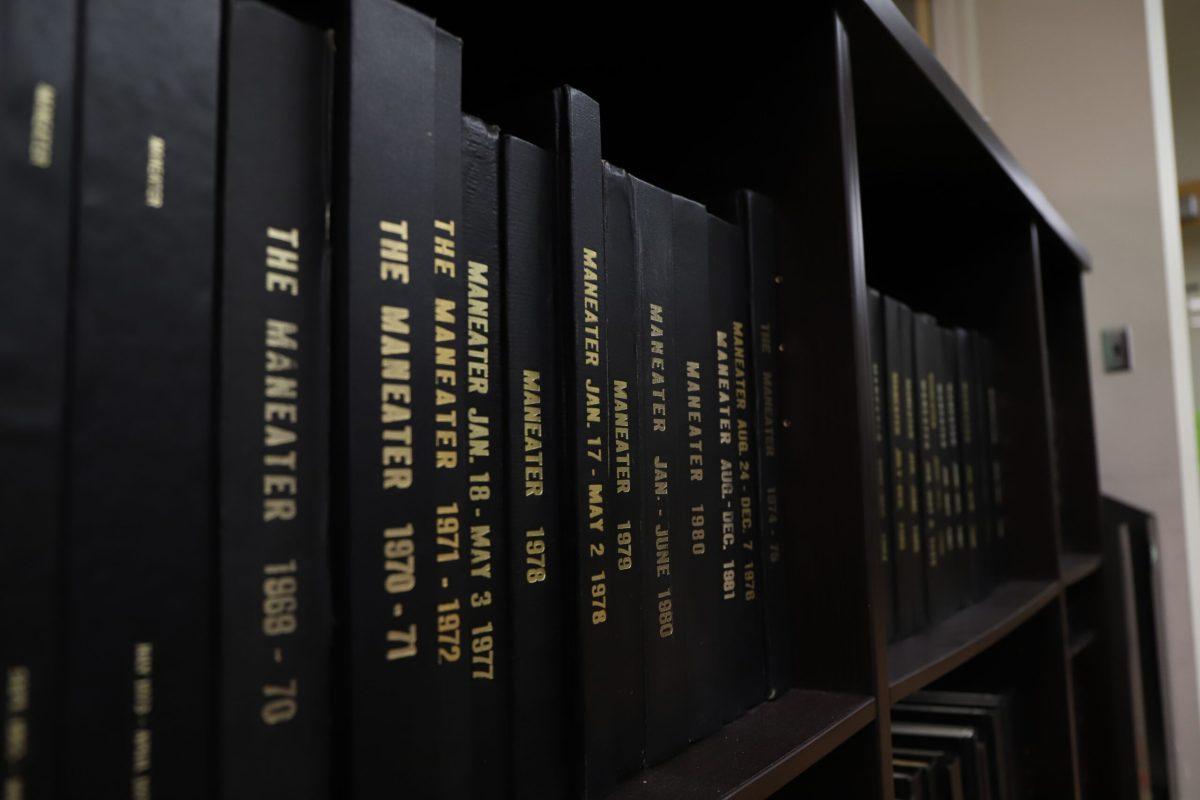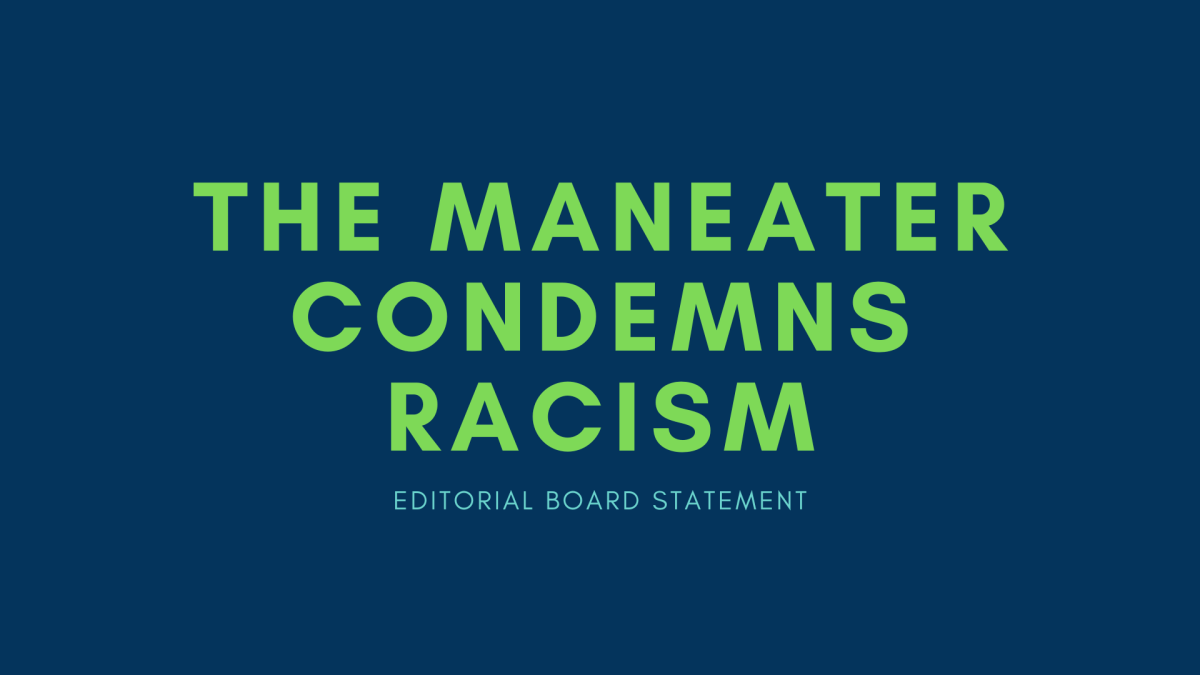In the midst of the ongoing outrage around the deaths of George Floyd, Breonna Taylor and countless other Black Americans who have suffered at the hands of police brutality, the world has set its focus on the fight against racial injustice.
Within these past weeks, The United States has seen protests both peaceful and violent. We have witnessed thousands fight for what they believe in. We have learned who around us truly cares and who does not. Most importantly, we have heard the voices of a group that has been disenfranchised for far too long.
This is not a new problem, specifically when it comes to MU. Founded in a slave state in 1839, the University of Missouri has had a lifelong history of racism. Some of the university’s first major racial injustices include: refusing the admission of LLoyd Gaines in 1936 because of the color of his skin; revoking the admission of Lucile Bluford in 1939 upon MU’s learning that Bluford was Black; not allowing the admission of a colored student on campus until 1950 and enforcing on-campus segregation that both restricted where colored students were able to go and deepened racial divisions on campus for years.
Even today, we see MU’s active role in racial injustice. A prime example of this is the university’s refusal to remove Thomas Jefferson’s statue from campus, despite his history of both owning and sexually assaulting slaves. Though MU claims to be addressing the problem of racism, it continues to ignore student demands on these issues.
It’s important to note that racism never had a physical beginning or end on this campus. Since its founding, MU has been a place where Black students have felt unsafe. Multiple Black MU students have received racial slurs or death threats. Both of these exchanges are entirely common at a place that is supposed to serve as a newfound home for our fellow students.
In 2015, MU became a national focal point after a series of allegations involving racial inequality on campus were released. Little was done by then-University President Tim Wolfe or MU faculty to solve this matter. For this reason, students decided to take action themselves.
Following a series of large protests, a football boycott, a hunger strike, a threatened faculty walkout and an organized list of demands produced by student protest group Concerned Student 1950, MU’s student body successfully ensured Wolfe’s removal from office. Aside from calling for Wolfe’s full resignation and apology, Concerned Student 1950 released six other demands that held the administration accountable for the racial injustice that has taken place at MU.
It’s clear to see that MU failed to meet Concerned Student 1950’s demand to raise the percentage of black faculty to 10% by the 2017-2018 school year. After being given years to grow the population of Black faculty, this number is significantly lower than it should be at this point. In terms of staff diversity, extremely small advances have been made. From Fall 2016 to Fall 2018, the percent of Black faculty at MU increased from 3% to 3.4% over the span of two years.
The amount of Hispanic faculty rests just above the population of Black faculty, while the amount of Asian faculty is rising slightly faster. While the three groups are slowly rising within MU faculty, these proportions pale in comparison to the amount of white faculty members at the school. Though the number has declined, white staffers still account for a vast majority.
In other words, our job does not stop here. We are not done working. We are not done listening. We are not done fighting.
Both racism and racial underrepresentation remain major issues on our campus today. Countless past and present MU students have reported feeling unsafe throughout their time at this school. In the past week, hundreds have posted using the Twitter hashtag #BlackAtMizzou, sharing their experiences with racism at the University of Missouri. While minor steps have been made along the way, racial prejudice still has a strong presence at our school.
We at The Maneater stand with Concerned Student 1950. We collectively feel that their demands should continue to be used to hold our university staff, ourselves and those around us accountable for their role in the effort to reach racial equality on campus.
Though these demands were delivered in the past, it’s still important for us to uphold these terms and ensure that our school addresses racism as a top priority. This is not something that can be solved overnight. Every student, staffer, faculty member and visitor of this university has the right to feel safe on our campus, regardless of their race or ethnicity.
We hope the MU community has gained a sense of newfound perspective. The world around us is far from perfect. Acknowledging this does not complete our duty. As a student body, we cannot let this movement become nothing more than a passing trend on Twitter.
As students, there is so much that we can do to help. Hold our administration and the people around you accountable for both their words and actions. Continue to fight in the war against racial injustice.
Administration, listen to what Black community members have to say. Follow the demands of Concerned Student 1950. Do what you can to make this campus a safer place for people of all races.
Most importantly, have empathy. Care. Many of us are lucky enough to not be able to understand this situation to the fullest extent. Recognize that white privilege is very real. Before speaking out, take a moment to put yourself in the place of those who have no choice in whether or not they get to understand what is happening in the world or to themselves. Many have been forced to see racism in a time when it wasn’t plastered all over social media. Have compassion for those around you.
We are still concerned.
_Edited by Izzy Colón | [email protected]_
_As part of its commitment to highlighting organizations fighting for racial justice, the Maneater is encouraging readers to donate to National Bail Out, a black centered organization working to end systems of pretrial detention and ultimately mass incarceration._










